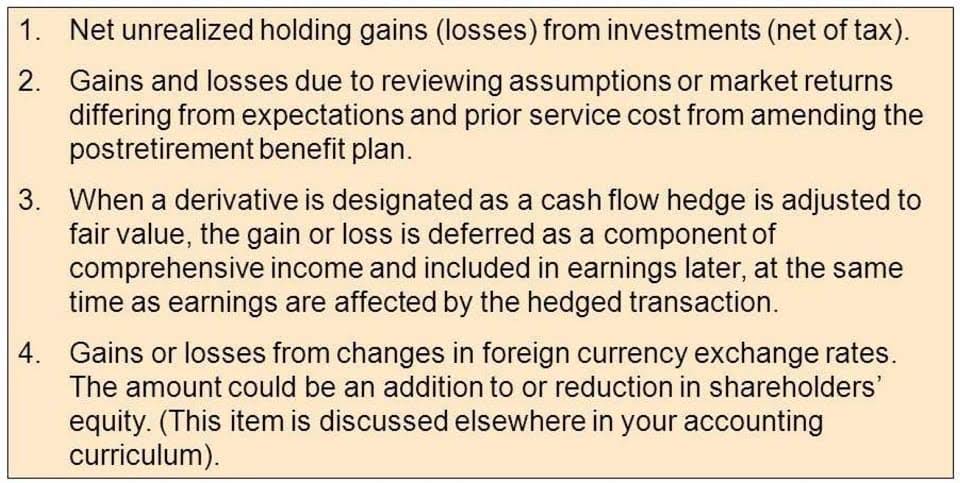
This functionality is perfect for mastering complex financial concepts in both academic and professional settings. It is optimal for assets that lose efficiency quickly, supporting businesses in aligning their financial records with the physical condition of their capital assets. The beginning book value is the cost of the fixed asset less any depreciation claimed in prior periods. Under the DDB method, we don’t consider the salvage value in computing annual double declining balance method depreciation charges. Instead, we simply keep deducting depreciation until we reach the salvage value.
When should a business use this depreciation method?
Consider a scenario where a company leases a fleet of cars for its sales team. These cars are crucial for the business, but they also lose value quickly due to high mileage and wear and tear. Using the DDB method allows the company to write off a larger portion of the car’s cost in the first few years. This higher initial depreciation aligns with the rapid decrease in the car’s value and the heavy use in the early years.
How can Taxfyle help?
- Adjusting an asset’s book value each period ensures financial records reflect current valuations.
- The DDB depreciation method is best applied to assets that lose value quickly in the first few years of ownership, such as cars and other vehicles.
- Here’s how you can decide if double-declining balance is right for your business.
- Experience the efficiency of Sourcetable by trying your calculations on AI-generated data, providing a practical, error-free environment for financial management.
- You can connect with a licensed CPA or EA who can file your business tax returns.
- This is the double declining rate used by the calculator for the selected year.
Enter the straight line depreciation rate in the double declining depreciation formula, along with the book value for this year. Double declining balance depreciation is a method that accelerates the depreciation of an asset’s book value, ideally suited for assets that rapidly lose value. This method is double the normal depreciation rate, emphasizing the asset’s early-year usage. He has a CPA license in the Philippines and a BS in Accountancy graduate at Silliman University. You can calculate the double declining rate by dividing 1 by the asset’s life—which gives you the straight-line rate—and then multiplying that rate by 2.

Example 5: Specialized Machinery
- In summary, understanding double declining balance depreciation is crucial for making informed financial decisions.
- This is to ensure that we do not depreciate an asset below the amount we can recover by selling it.
- In my experience, using the double declining balance method can help businesses manage their taxes effectively by allowing them to report lower profits in the early years of an asset’s life.
- Instead, the asset will depreciate by the same amount; however, it will be expensed higher in the early years of its useful life.
- First, determine the asset’s initial cost, its estimated salvage value at the end of its useful life, and its useful life span.
- HighRadius offers a cloud-based Record to Report Suite that helps accounting professionals streamline and automate the financial close process for businesses.
- This method results in a larger depreciation expense in the early years and gradually smaller expenses as the asset ages.
Our team is ready to learn about your business and guide you to the right solution. Bench simplifies your small business accounting by combining intuitive software that automates the busywork with real, professional human support. We collaborate with business-to-business vendors, connecting them with potential buyers. In some cases, we earn commissions when sales are made through our referrals. These financial relationships support our content but do not dictate our recommendations. Our editorial team independently evaluates products based on thousands of hours of research.
What Are the Advantages of Using the DDB Method?
Depreciation helps businesses match expenses with revenues generated by the asset, ensuring accurate financial reporting. Double declining balance depreciation is an accelerated depreciation method that charges twice the rate of straight-line deprecation on the asset’s carrying value at the start of each accounting period. The DDB depreciation method offers businesses a strategic approach to accelerate depreciation.
Annual Depreciation Computation
First, determine the asset’s initial cost, its estimated salvage value at the end of its useful life, and its useful life span. Then, calculate the straight-line depreciation rate and double it to find the DDB rate. Multiply this rate by the asset’s book value at the beginning of each year to find that year’s depreciation expense. The double declining balance method is a method used to depreciate the value of an asset over time. It is a form of accelerated depreciation, which means that the asset depreciates at a faster rate than it would under a straight-line depreciation method.


For instance, the IRS requires compliance with the Modified Accelerated Cost Recovery System (MACRS), which may involve salvage value considerations for tax purposes. As a hypothetical example, suppose a business purchased a $30,000 delivery truck, which was expected to last for 10 years. Under the straight-line depreciation method, the company would deduct $2,700 per year for 10 years–that is, $30,000 minus $3,000, divided by 10. The online bookkeeping DDB method is particularly relevant in industries where assets depreciate rapidly, such as technology or automotive sectors. For example, companies may use DDB for their fleet of vehicles or for high-tech manufacturing equipment, reflecting the rapid loss of value in these assets. For instance, if an asset’s market value declines faster than anticipated, a more aggressive depreciation rate might be justified.

In the subsequent years, the depreciation expense is calculated on the remaining book value. On top of that, it is worth it for small business owners, larger businesses and anyone owning a rental, to familiarize themselves with Section 179 depreciation and bonus depreciation. Our solution has the ability to record transactions, which will be automatically posted into the ERP, automating 70% of your account reconciliation process. Depreciation in the year of disposal if the asset is sold before its final year of useful https://www.bookstime.com/articles/payment-service-provider life is therefore equal to Carrying Value × Depreciation% × Time Factor.

Step #5:
By integrating AI, companies can ensure precise and efficient handling of their asset depreciation, ultimately improving their financial operations. Multiply the straight line depreciation rate by 2 to get the double declining depreciation rate. An exception to this rule is when an asset is disposed before its final year of its useful life, i.e. in one of its middle years. In that case, we will charge depreciation only for the time the asset was still in use (partial year). Like in the first year calculation, we will use a time factor for the number of months the asset was in use but multiply it by its carrying value at the start of the period instead of its cost.


